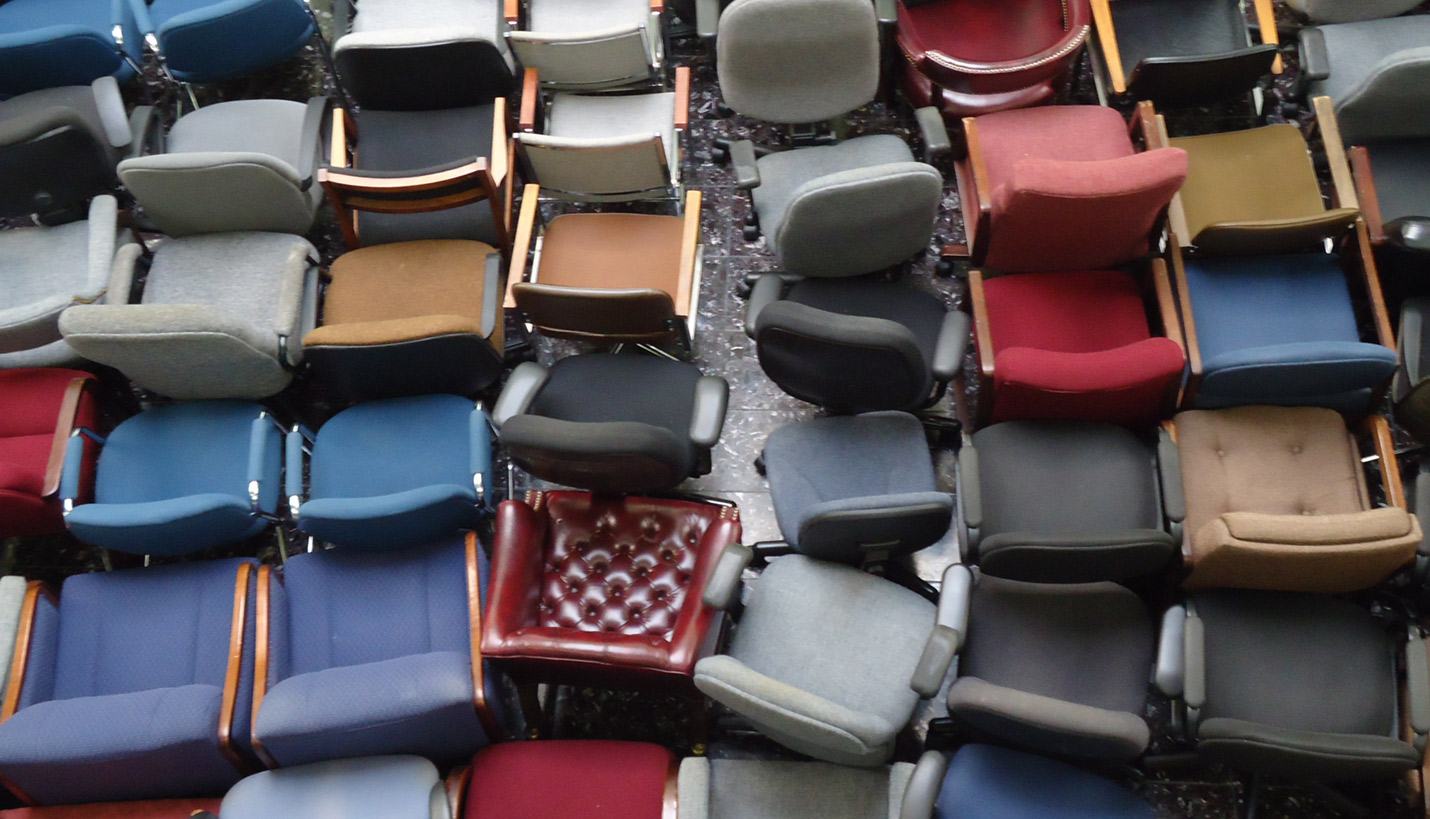

Restoring Workplace Functionality After A Disaster
Most companies have business continuity plans to put in place in the aftermath of a disruptive event, but experience has shown architects, engineers and interior designers that few of these plans include details to restore interior workplace functionality. Understandably, responses would differ on the type of event such as fire or flood. However, some universal tips can help property management teams fast track the beginning of the damage assessment and mitigation processes.
Contact your insurance company immediately.
In some cases, a claim process can be initiated to expedite the insurance company’s response before the event is over.
Insurance Documentation
1. Document all damage before moving any assets.
2. Photograph everything to prove its existence and to provide insurance adjusters with an idea of prior condition.
a. Take photos from all angles to show the nature and extent of the damage.
b. Include time/date stamp.
c. Create a spreadsheet that includes:
i. Item Name
ii. Description
iii. Purchased From
iv. Date of Purchase
v. Quantity
vi. Purchase Cost
vii. Replacement Cost
3. Compile purchase receipts (if available) of damaged items. Consider photographing or scanning them and storing the original set in a safe place in case you need to replicate them again.
4. Save samples of all fabric or material types from damaged furnishings so your insurance adjuster can verify replacement value.
Asset Damage Mitigation and Restoration
1. Take steps to begin restoring the condition of your interior spaces:
a. Consider retaining a professional remediation company. Many do-it-yourself efforts can fall short, inadvertently resulting in long-term problems and health hazards.
b. If there was a fire, create as much ventilation as possible to help reduce the odor. Wash down all solid surfaces where smoke particles may have settled with a dedicated cleaning solution such as OdorX Odor Counteractant. Rinse your cleaning tools frequently with fresh water.
c. If there was freshwater damage, do not turn on the air conditioner or heater as it can recirculate mold spores. Instead, use natural ventilation or commercial fans to start the drying process. Use a wet vac to remove excess water and ensure that all furniture has been relocated. Spray a disinfectant to kill active bacteria and mold. Once fully dry, spray all surfaces to be covered by drywall, casework, etc. (e.g. metal studs, etc.) with fungicide coating.
d. If there was floodwater inside the space, that water is typically contaminated with toxins. Remove drywall at a minimum of one foot higher than the waterline. For each week the walls remained in place after the flooding, remove an additional foot of drywall. Then, follow the above steps for freshwater mitigation.
2. Determine whether you intend to replace or repair furnishings:
a. If fabrics or permeable materials were exposed to smoke or only sustained minor water damage, consider having them steam cleaned and refinished. If the disaster was a community-wide event, the turnaround time can take longer.
b. Furnishings and materials that sustained significant water damage or sustained physical damage from a windstorm are best replaced to ensure structural integrity and performance according to BIFMA standards.
c. Permeable materials such as fabrics that came into contact with floodwaters should be discarded to prevent potential employee illness from the toxins.
Furnishing Replacements: Temporary or Permanent
1. Leasing furniture is an option while damaged inventory is being cleaned and restored. Some industry dealers carry inventory that allows companies to expedite restoring workplace functionality.
2. Major contract furniture manufacturers offer Quick Ship Products. These designated items can be delivered in 4-6 weeks while standard product lead times are 8-12 weeks.
3. Manufacturers may offer aggressive accelerated lead-times and pricing, particularly after a community disaster.
4. If purchasing used furniture, ask questions:
a. Find out if the furniture has previously been in a disaster and was simply cleaned.
b. Ask if there is a warranty on both the product and the labor to deliver and install the furniture.
c. Find out how to replace parts if it doesn’t easily dissemble after being installed at your facility.
Companies could also consider whether unforeseen events that impact their interior workspaces may actually provide an opportunity to step back and do a reset on their space strategy. By doing some visioning, they could determine ways to improve the workspace, from relocating to better meet audience needs to upgrading office standards to reduce operating costs to future planning.
08/23/2017
People
Related Posts
- COVID-19 Updated Implementation Policies
- COVID-19 Update: Prevention / Preparation
- Integrating Resilience Into University Campus Planning
- Overview: Planning and Responding to Disasters
- Houston’s Road to Resilience Requires a Broad Holistic Plan
- Facing Down Flooding with Resilient Design
- The Proven Value of Resilient Design








